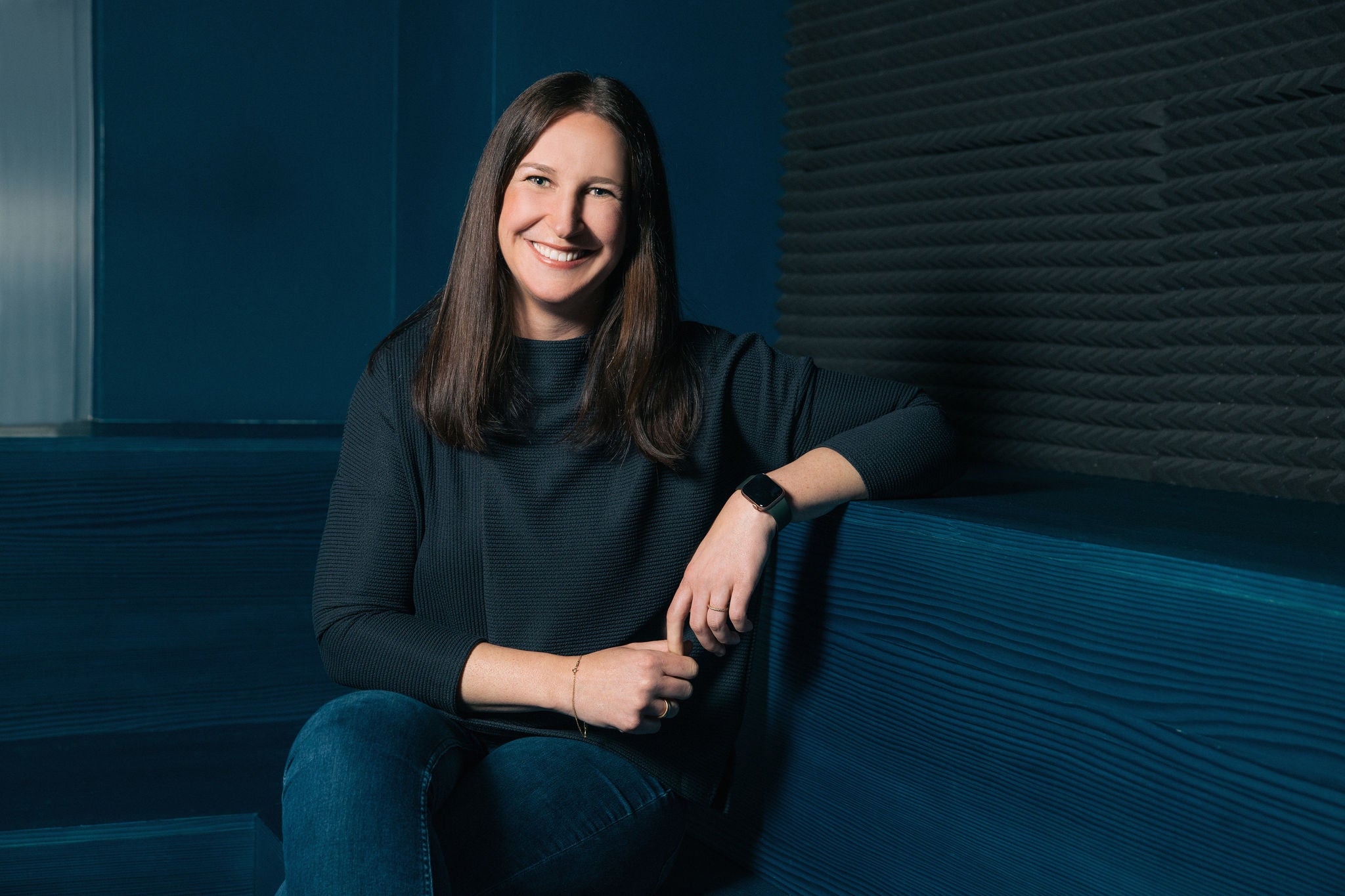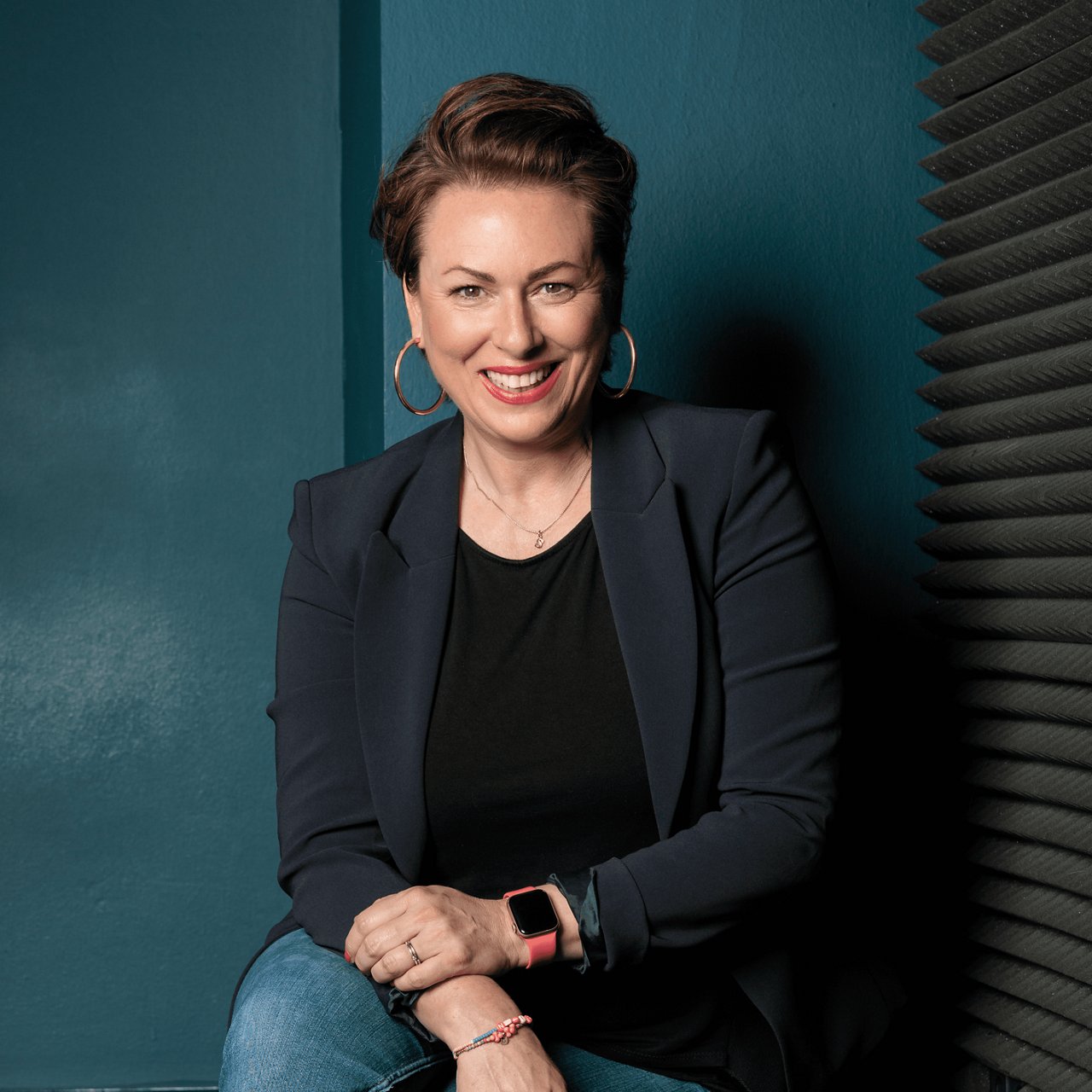
Media in Real Time
In times of change and increasing complexity, flexibility in media planning while maintaining consistent brand management is fundamental for success in business.
Covid-19 intensifies existing marketing challenges
Change and increasing complexity are inherent features of marketing. Covid-19 does not entail a complete change of direction, rather it is intensifying the issues of the future. Many already existing marketing challenges such as the fragmentation of channels and target groups and advances in digitalization have been exacerbated by the pandemic. For companies this means that agility, customer centricity, authenticity and purpose are necessary when it comes to dealing successfully with customers. Companies have to be flexible when adapting their communications to changes in people’s media use and values.
Media use is changing
Insights gathered last spring and during the normalization phase clearly show that the pandemic has given a significant boost to the digitalization of media use. Digital apps and platforms are the winners in this crisis and are subjecting traditional channels to even more pressure than they already were. They are benefiting substantially from this development, as (new) users have become accustomed to new channels. In the minds of consumers, video on demand, podcasts and social media will continue to be indispensable in the future too. The user numbers for Zoom, TikTok and the like shot up: Zoom downloads in the Apple App Store, for example, rose from 800,000 in January 2020 to over 36 million by April.
Online news is booming, but linear TV, which has often been written off, is also developing a new mass appeal in this period of crisis. People’s need for information is just as great as their desire for media brands that they can trust. The positive development of digital subscriptions for newspapers and magazines shows that there is an increasing demand for quality journalism to make sense of events. In addition, “lean-back” formats used for entertainment and recreation are gaining in prominence. Offering a cinema-like TV experience, streaming services are very popular. Companies that have been quick to adapt their media mix to altered user habits have benefited massively over the past few months.
New values are shaping consumer behaviour
However, it is not just media use but users’ values too that are subject to change. The “Fridays for Future” movement is just the latest way our society has been introduced to the notion of “purpose”, but the pandemic has accelerated developments in this respect too. A great variety of new “post-corona lifestyles” are emerging. They range from “remaining mentally in lockdown” to “catching up on everything I’ve missed”. Values such as “purpose-driven” and “self-care” are gaining in importance and shaping people’s behaviour as consumers. Ultimately, of course, the value profile of the individual remains stable, but the relevance of their different value ranges is shifting. Community, security, family and neighbourhood are currently the top priorities for most consumers. Health, sustainability and authenticity are also gaining in significance. This is proven by the sharp rise in sales figures alone for vegan, vegetarian and regional products. At the same time, attitudes towards and expectations of brands are constantly changing. The longer the crisis and its repercussions continue, this will become evident inevitably and permanently in changing consumption and purchasing habits. It is therefore important to take these attitudes seriously as harbingers of specific behavioural changes, and to observe, interpret and react to them according to each situation.
The pandemic as an opportunity
Using consistent and continuous communication, brands can establish themselves as a constant in their customers’ lives. Brand trust and loyalty is becoming an important sales factor. But loyalty is achieved through a values-fit between the brand and its target group. Value-based planning helps to reduce wastage, thus lowering acquisition costs and increasing sales.
To do this, Mediaplus Group has developed Value Planning. This internationally applicable approach to planning provides the answer to the question of how well brand values and the values of the target group fit together. This planning tool is based on the values, motives and attitudes of 27,000 people, and has produced a target group module made up of individual values, through which companies can flexibly tailor the media target groups that match the campaign objectives and brand values. Valuable consumers are identified both quantitatively and qualitatively, so that companies can also adjust their cross-media marketing to these consumers across all systems relevant to planning.
However, flexibility is required not only in the media, but also during the creative process – the buzzwords being “dynamic creative planning”. Companies have to generate a range of content that can be adapted individually and applied flexibly. And this is where the other modules of Value Planning come into play. In Value Fit Planning, Mediaplus is examining how the external image that the target group has of the brand and the brand’s self-image may differ – including by comparison with competing brands. This helps companies differentiate their positioning and develop new consumer groups. Value Communications Planning builds on these insights and takes them into account during the creative process.
Best cases
Many brands have understood that flexibility in communications pays off, especially in times of crisis, and have adapted their communications to people’s needs. The European DIY chain Hornbach, for example, has set up video chats for consumers and expanded their online shop. This was a response to the increased interest in DIY during lockdown. Similarly, the German drugstore chain dm has immediately implemented the feedback they received from customers: for example, it is now possible to fill your shopping cart online, have the products packed and then pick them up without having to enter the store. The advertising communications produced by supermarkets has also changed noticeably. The focus is no longer on price: food retailers want to convey a sense of security – for example with regard to the supply chain – and a feeling of solidarity. Electronics companies are currently promoting home office products and home entertainment equipment. The car rental company SIXT has launched campaigns to support people in frontline jobs, offering medical staff free car-sharing, for example.
These are just a few of the many positive examples of how brands are reacting quickly to changes. A business that can remain just as flexible as these examples will be well prepared in times of change and uncertainty.
Esther Busch, Managing Partner Mediaplus Geo Intelligence


